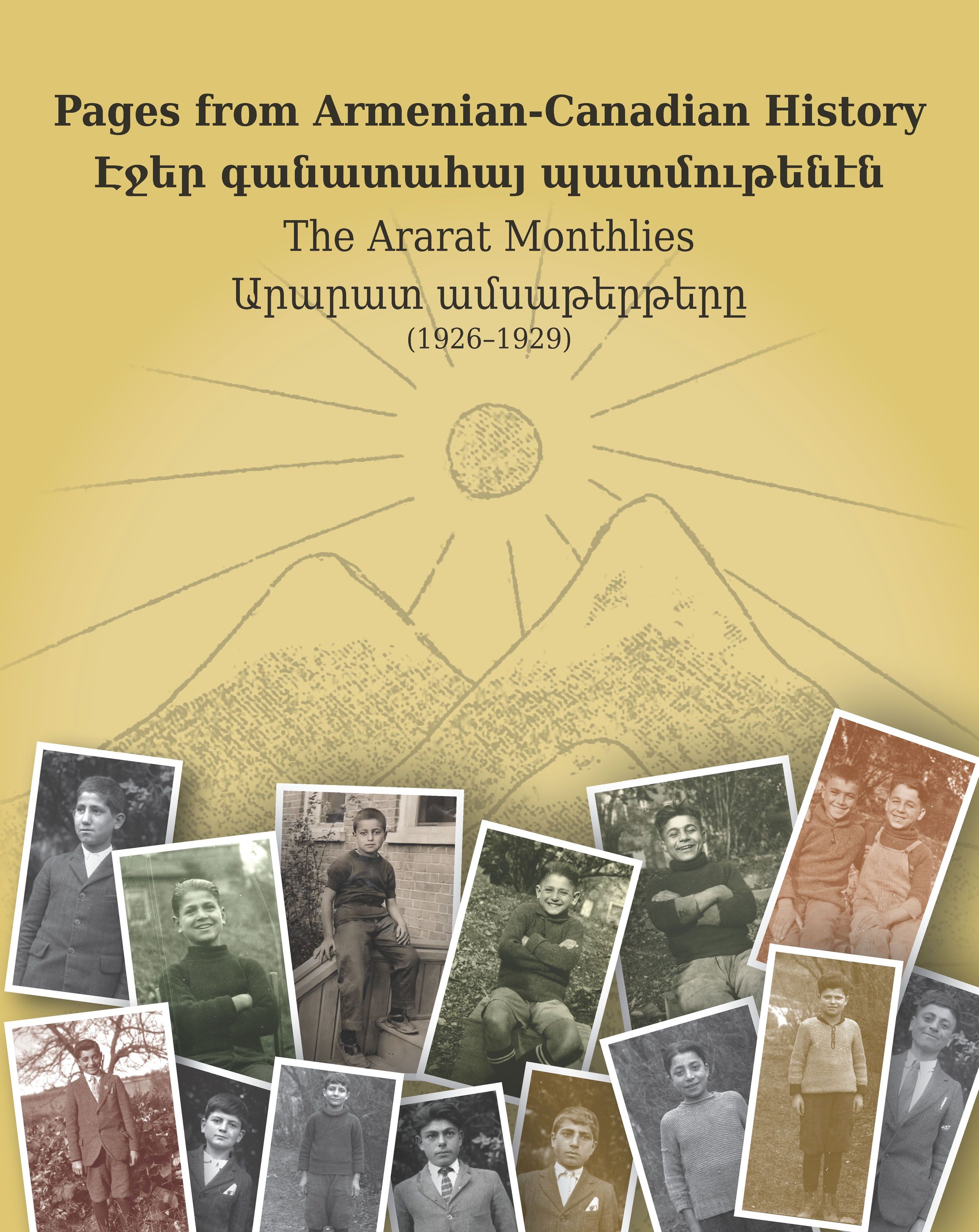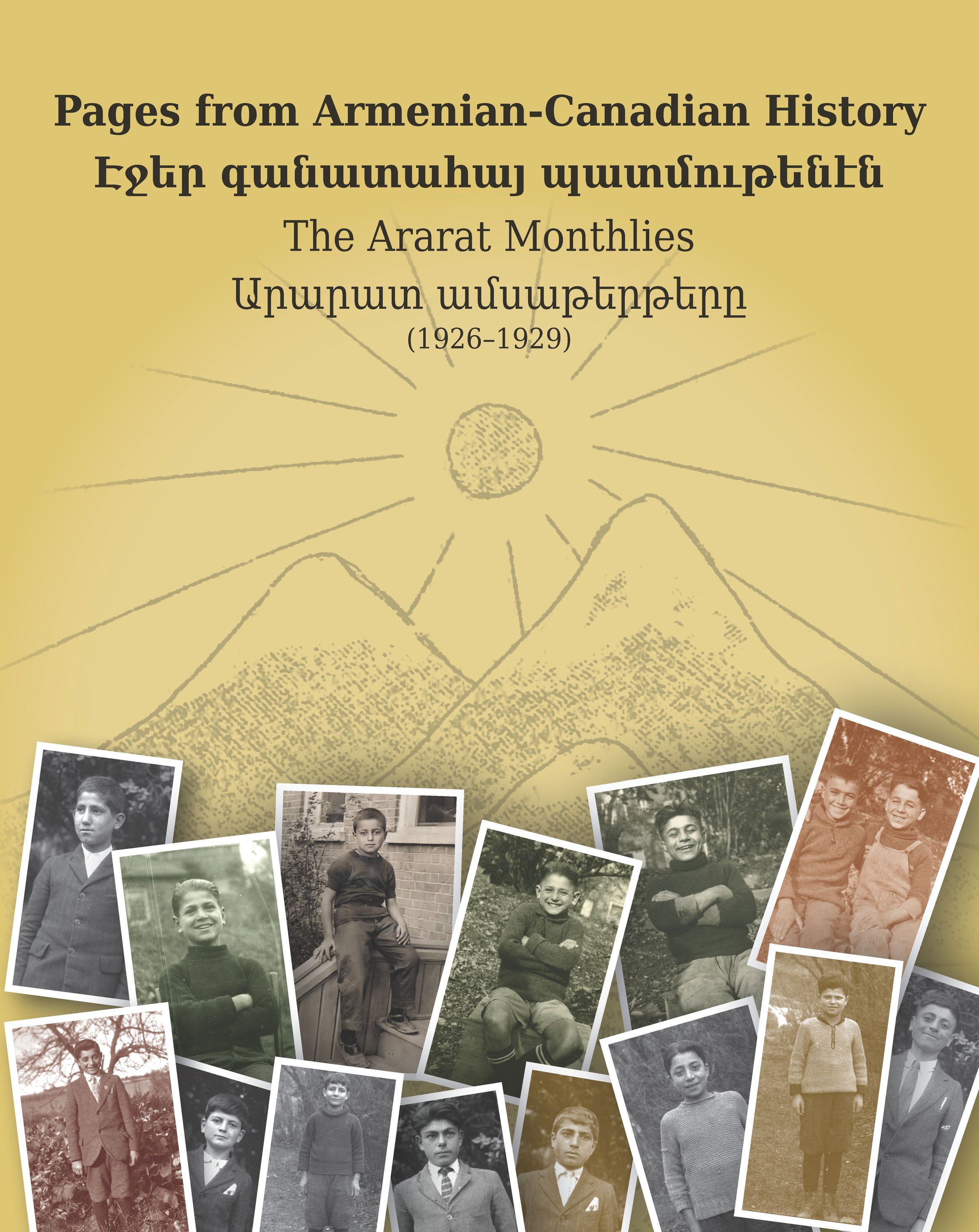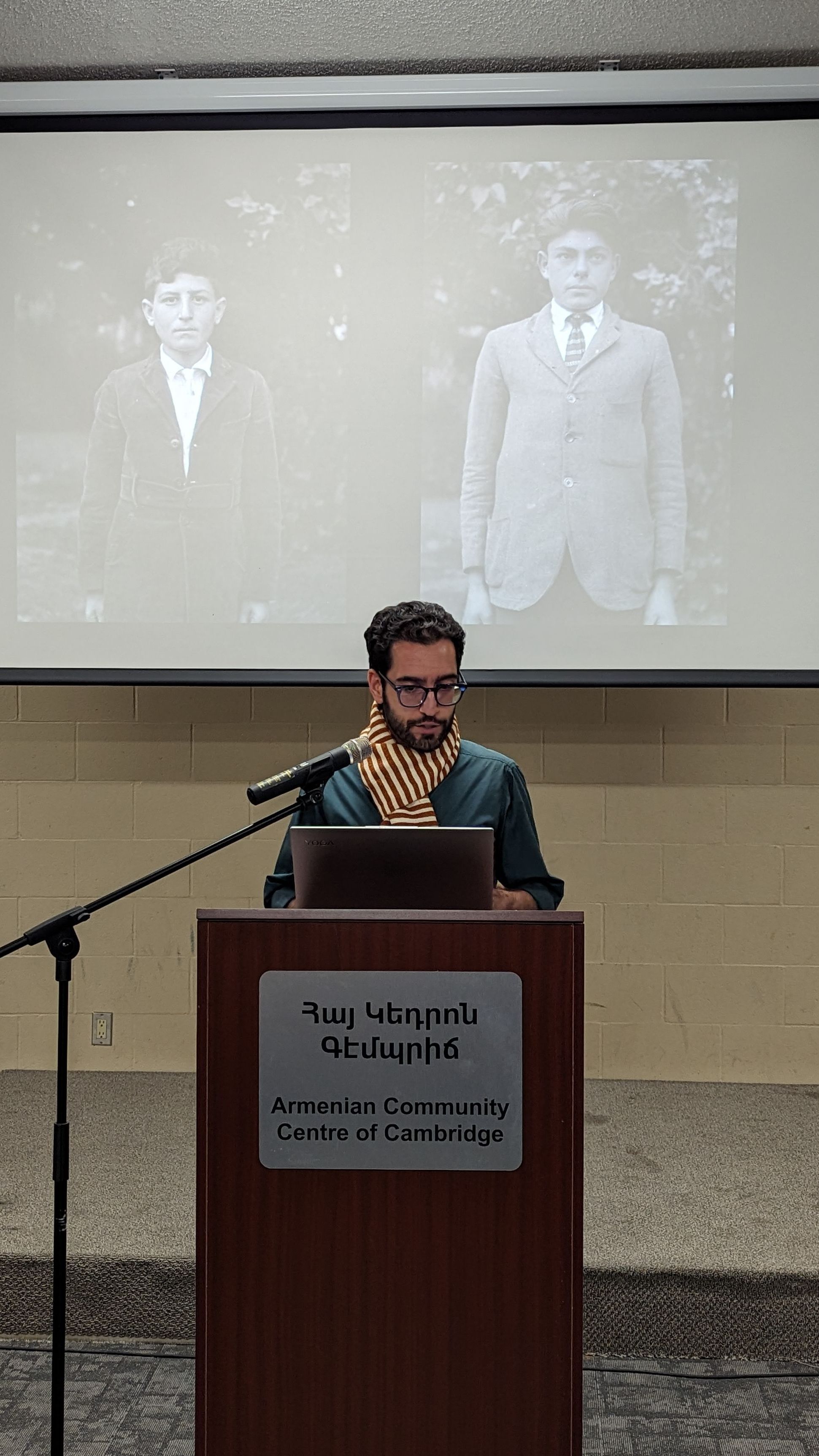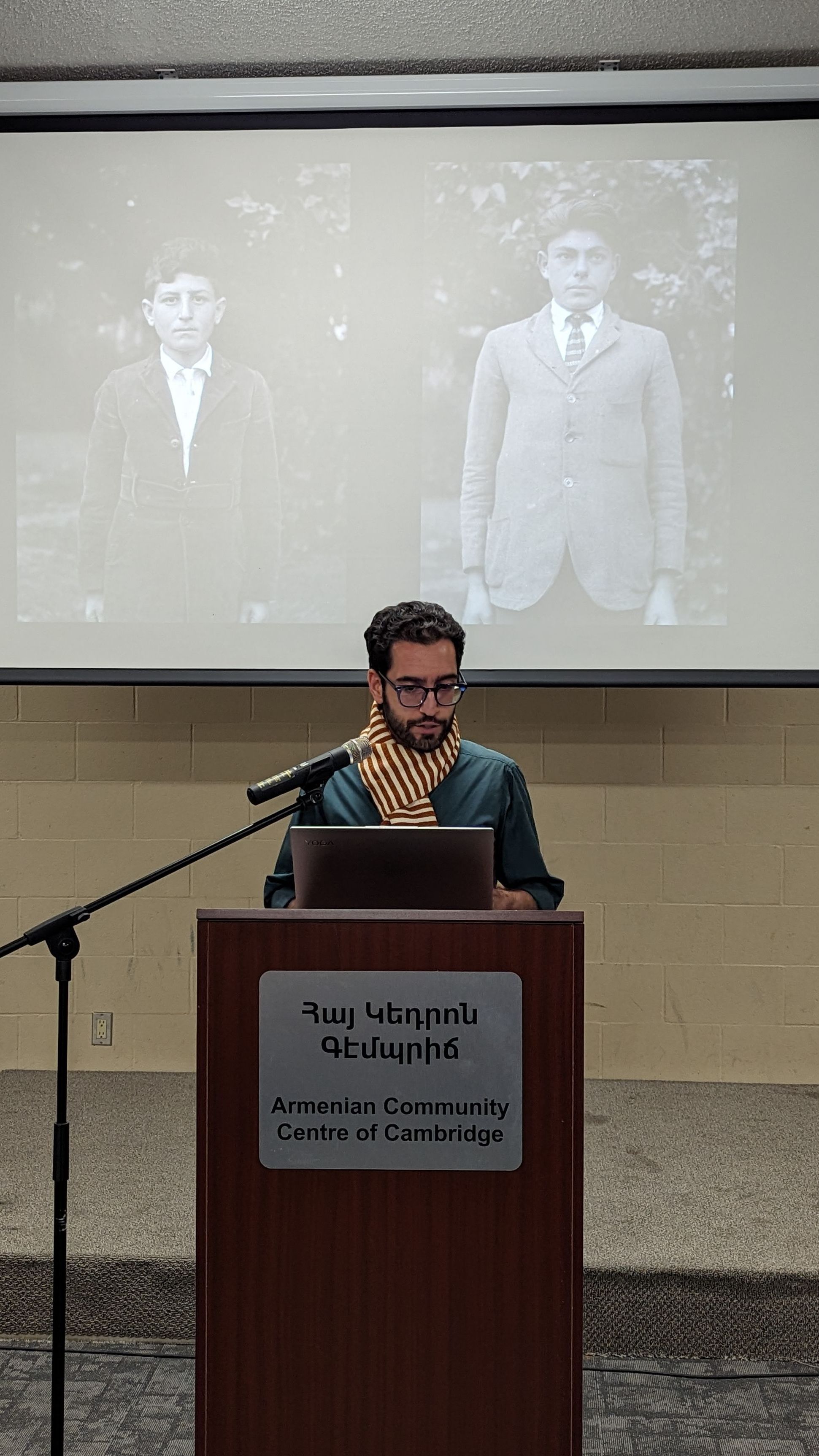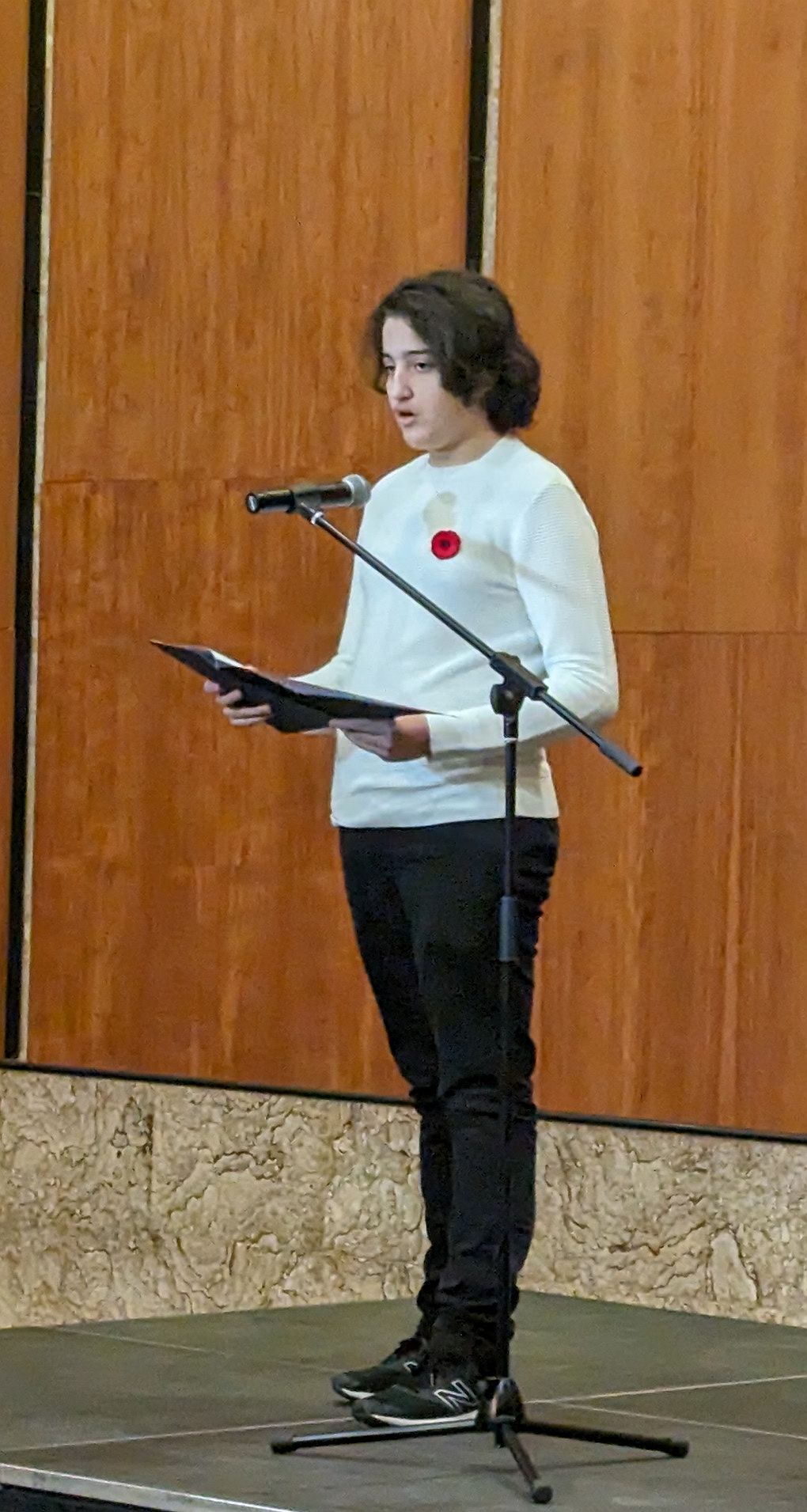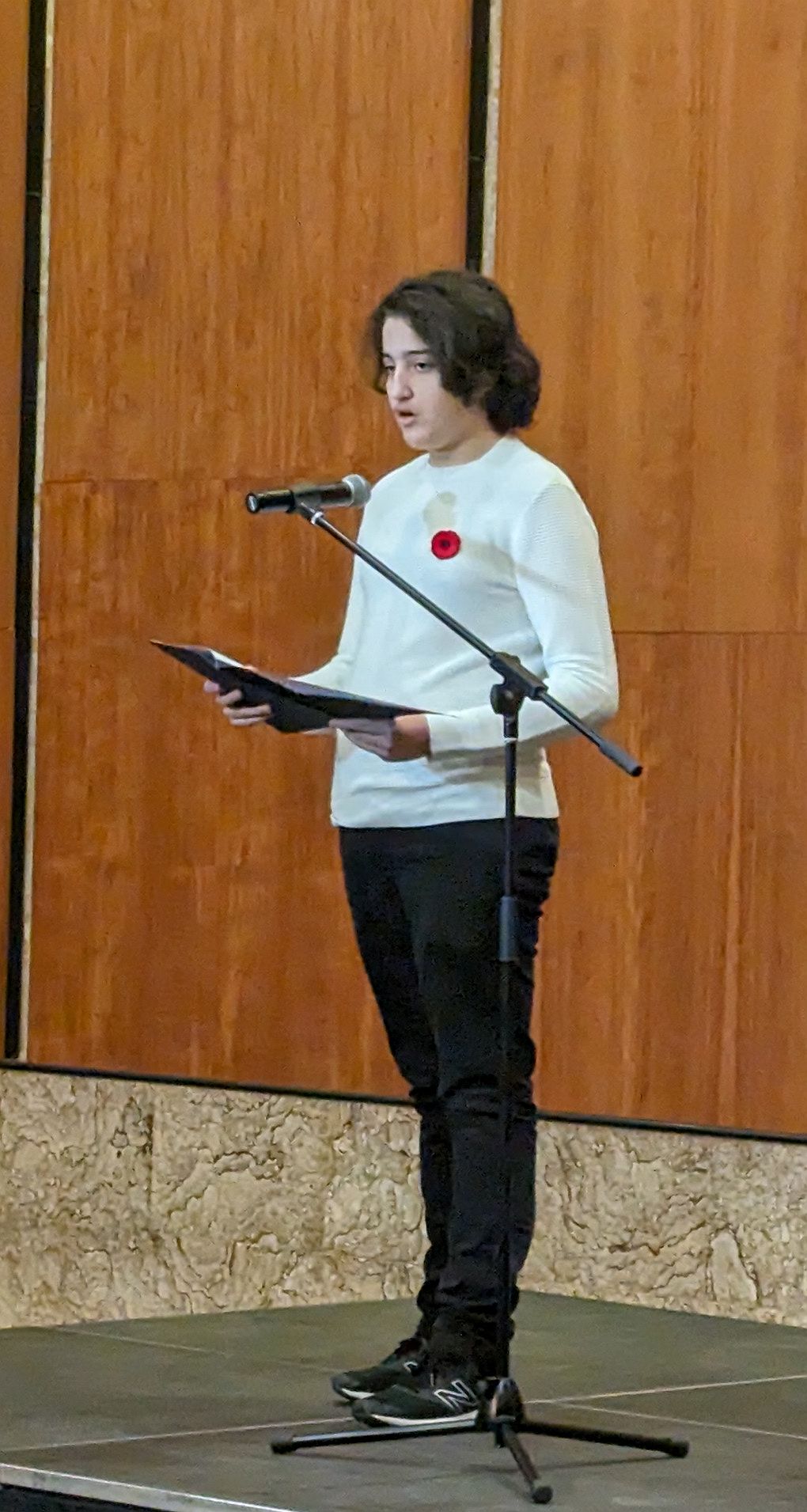The following article by Isabel Kaprielian-Churchill was published in the September 2023 issue of Torontohye newspaper. It is an extract from her forthcoming book entitled The Georgetown Children: Genocide, Orphans, and Canadian Humanitarians.
Many of the 38 girls and young women who were sponsored to Canada by the Armenian Relief Association of Canada (ARAC) and the United Church of Canada (UCC) came from two orphanages: Miss Martha Frearson’s orphanage in Mt. Shemlon and Miss Maria Jacobsen’s orphanage in Sidon/Jibel, affectionately known as The Bird’s Nest Orphanage, both in present-day Lebanon. Frearson, a British woman, and Jacobsen, a Dane, had had a long association with Armenians. Frearson had run an orphanage for girls in Aintab. When conditions became dangerous, she evacuated her charges, under the protection of the French and British, to Mt. Shemlon. Jacobsen had been a missionary/nurse at the American Annie Tracy Riggs Memorial Hospital in Kharpert/Mezreh (currently Eliazig). After the Americans left in 1917, she ran their hospital and orphanage until the end of the war, when she returned to Denmark, exhausted. In 1922, she and her friend Karen Marie Petersen, the former director of the Emmaus Danish orphanage in Mezreh returned to the Middle East and set up an orphanage, mostly for girls.
Both Frearson and Jacobsen ran strict operations. Girls were taught godliness, cleanliness, orderliness, and hard work. Long before World War I and the Genocide, the movement to educate Armenian girls had taken root in the Ottoman Empire. In the post-war period, the orphanages, numbering in the hundreds, had revitalized this movement. Emphasis was placed on educating the children to speak, read, and write their mother tongue, for they had come from many different backgrounds. Some had been gathered off the streets and had little or no schooling. Others had been rescued from Turkish, Kurdish, or Arab homes or from Turkish orphanages where they had been forced to speak those languages and punished for speaking Armenian.
Education did not rule out marriage and family formation, which remained the traditional role for Armenian girls. Homemaking was all the more crucial after the Genocide to rebuild the Armenian nation. Towards this goal, girls in the orphanages were taught cooking, laundering, gardening, and childcare. On the other hand, demographic realities necessitated training girls to be self-supporting, so girls were taught the needle arts, including dressmaking, embroidery, lace-making, and rug weaving. A small number were directed into teaching, nursing, or midwifery. The entire approach to educating and training girls shows their increased value to the ethnocultural survival of the Armenian people.
Sponsorship and immigration
Both the ARAC and the UCC applied to the Canadian government to sponsor Armenian girls and arrange for them to work in domestic service. Sponsorship was usually arranged jointly between the ARAC/UCC and a relative, a friend, or a Canadian organization that paid for travel costs. As the chief negotiator with the government, Rev. Ira Pierce, general secretary of the ARAC and later affiliated with the UCC, notes an increase in “urgent appeals from high-class Armenian girls” wishing to come to Canada for domestic employment.
At the same time, because there was a great need for and a shortage of domestic servants in Canada, the Armenian girls were given consideration by Immigration Department officials since, as a rule, Armenians, classified racially as Asians, were undesirable and unwelcome in Canada. Armenians were even more undesirable as refugees, for it was feared they would be a drain on the public purse.
Typically, the Canadian government set out guidelines for the girls:
In view of the success of the previous movement, … the Minister [of Immigration and Colonization] has agreed to the admission of fifteen additional Armenian girls, conditional on the following:
1. That these girls shall be able … to produce valid passports and, of course pass medical inspection.
2. That there shall not be included in the group any girl who has first or second-degree relatives in the United States and no relatives in Canada.
3. That we will not admit the relative of any Armenian boy or girl who was admitted to Canada conditional on taking farm work or domestic service and has not observed the condition of his or her own entry. On the other hand, every consideration will be given to the inclusion of relatives of boys or girls who came in for farm work or domestic service and have remained in one or other of these occupations.
4. That the girls or young women to be admitted will be placed in domestic employment in Canada by your Board and given the usual aftercare, and also the placement reported to the Department.
5. That none of the above-named are leaving behind other members of their families whose admission to Canada will be applied for later and that no person shall be included who has any intention of proceeding after to join relatives or friends in the United States.
Government authorities were clearly worried that newcomers might have relatives abroad and might apply in the future to bring them to Canada. Authorities were also on the lookout for immigrants using Canada as a backdoor to the United States.
The girls
When, in 1926, fifteen-year-old Kohar Bedrosian learned Canada had accepted her, her joy was boundless. She knew nothing about Canada or what a domestic was or did, but she was excited to venture forth. Kohar confides: “When I put my foot on Canadian land, when I saw that pure white snow, I fell in love. I loved it then, and I still love it!” (from an oral interview of Kohar Bedrosian Kasparian by Isabel Kaprielian-Churchill, Toronto, 1988).
Like most of the girls, Kohar did not spend time at the Georgetown farm/home. Ordinarily, the younger girls attended school while the older ones were placed in domestic service in southern Ontario. Rev. Pierce had no problem finding work for them in refined and respectable homes, usually in Toronto and often on a two-year contract basis. The Armenian girls were never a drain on the public purse. They were never short of work and were in constant demand because of their diligence, honesty, modesty, and pleasant behaviour.
Kohar describes her first job as a mother’s helper for a family with a seven-year-old boy and a thirteen-year-old girl. She had her own well-furnished room, ate “whatever they ate,” and never went hungry.
I got up at seven, dressed in my black and white uniform, and did the chores. She did the laundry and cooking, I cleaned, waxed and dusted, set the table and did the dishes. After lunch, I had a bath and put on my white and yellow uniform. I hated wearing the cap, which made me feel like a slave. So she said it was okay not to wear it. I had a couple of hours break in the afternoons; I read or crocheted. Then I helped her prepare dinner. At first I was a little nervous with the vacuum cleaner, but after I learned the buttons, it was fine. But I never did the wash. I was afraid of the wringer. By 7:30, the work was done and I spent my evenings reading or doing crochet. Basically, I did whatever I was told. … I just watched and copied them to learn Canadian ways. Whatever they did, I did. I saved my $3.00 a week salary. They were very kind people and I stayed with them for fifteen months.
Pierce placed her in another home:
I was lucky; my second family was even more cultured than the first. I am still friends with them. During the three years that I worked for them I was very happy. She was motherly, never treated me like a maid, but like a daughter. Paid me $40 a month—of course I was more experienced by this time, and I could cook rather well. They taught me about Canada and Canadian customs, took me to concerts and plays.
Not every girl was as fortunate as Kohar, but most fulfilled their contracts. Through contact with their Canadian employers, the girls improved their English language skills, learned about Canada and Canadian ways, and managed to adjust relatively smoothly to Canadian society. A simple event is symbolic. Following the example of some of her friends and of Canadian girls, Kohar took the risqué step one day of wearing lipstick. Her mistress took her aside and explained that she did not need lipstick to enhance her looks. Besides, cautioned her mistress, “nice” girls did not wear lipstick.
While the girls were adjusting to Canada, they were providing an essential service to Canadian families. Mrs. Dingman of Toronto wrote to Pierce that her maid was “a splendid girl in every way.” She was pleased to report that the young Armenian girl’s “happy disposition and dependable qualities of character make her a desirable companion” for her children. “Not only does she conduct herself like a lady,” wrote Mrs. Dingman, “but she cooks good meals and takes an intelligent interest in the family’s welfare.” Such praise for the Armenian domestic servants was common.
The future
The relationship between the girls and the Georgetown boys remained intimate. Some were sisters of the boys, and some married Georgetown boys, thus strengthening and deepening the bonds of Armenian-Canadian community life.
Eventually, all the girls married, some to Armenian- Canadians, others to Armenian-Americans, and started new families. Reproduction as rebuilding was embedded in the spirit and sensibilities of survivors of the Armenian Genocide.
Orphan girls like those in Canada and elsewhere around the globe became the mothers of the survivor Armenian nation.
The child of Armenian Genocide survivors, renowned Canadian scholar Isabel Kaprielian-Churchill has dedicated much of her professional life to researching and chronicling Armenian immigration and culture of the Diaspora. She is the author of countless monographs, articles and books, including the 2012 Sisters of Mercy and Survival: Armenian Nurses, 1900-1930, which was granted the Richard and Tina Carolan Literary Award. Her forthcoming book is entitled The Georgetown Children: Genocide, Orphans, and Canadian Humanitarians.
